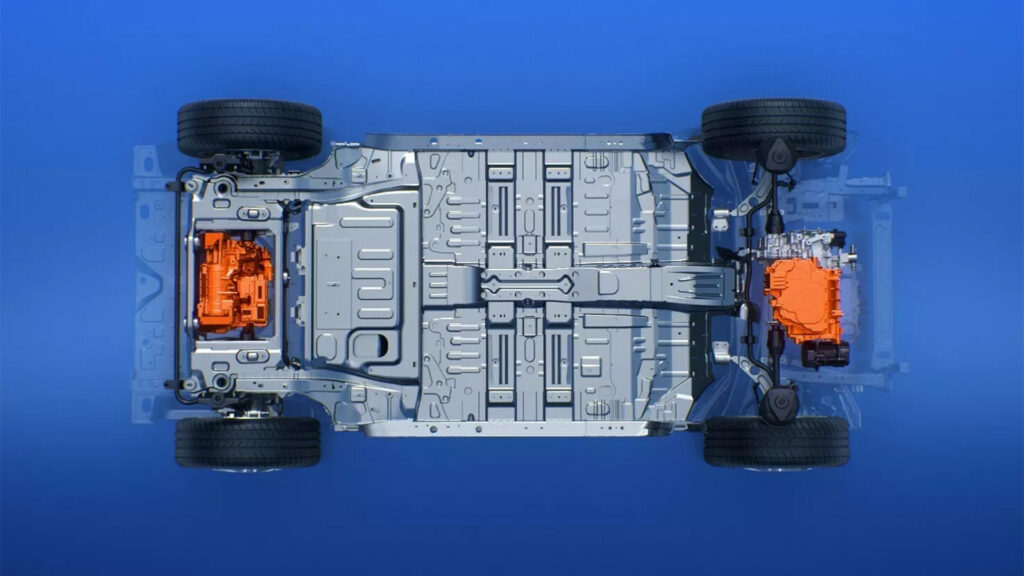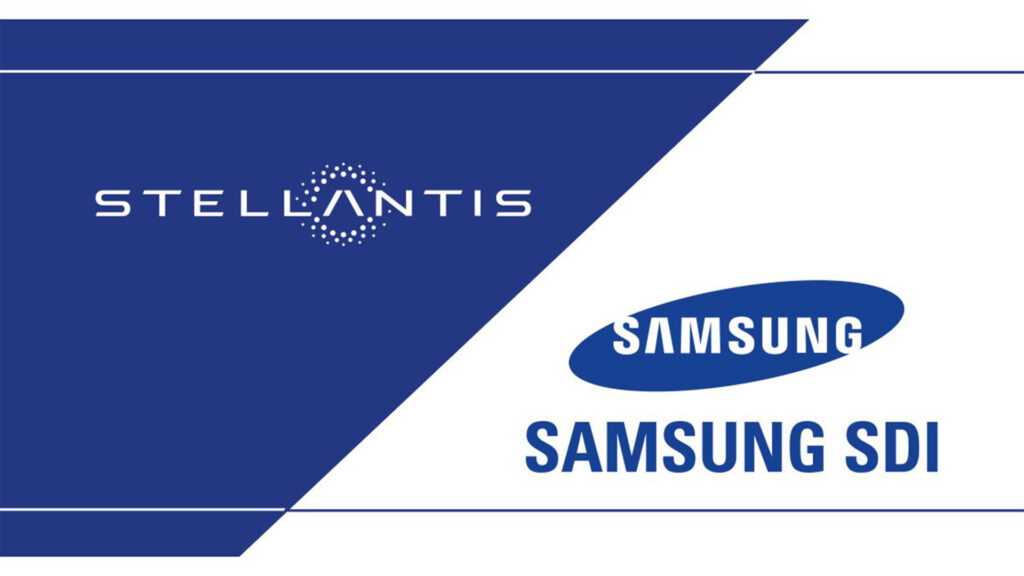Stellantis and Samsung SDI will build their second joint venture battery manufacturing facility in Kokoma, Indiana.
The new facility will be brought to life through the StarPlus Energy joint venture at a cost exceeding $3.2 billion. Production is expected to start in early 2027 and the two firms are targeting an annual capacity of 34 GWh. The site will create 1,400 new jobs in Kokoma and the surrounding areas.
Interestingly, StarPlus Energy is already behind a battery manufacturing site in Kokoma that will produce 33 GWh worth of EV batteries annually. This first site is set to commence production in the first quarter of 2025. The two factories bring the firms’ combined investment to over $6.3 billion and will create 2,800 new jobs. Stellantis and Samsung SDI confirmed plans for the second battery plant in July but at the time had yet to decide on a location.
Read: Stellantis And Samsung Announce Second U.S. Gigafactory

“Our battery ecosystem is the foundation of our electrification strategy and our great partners Samsung SDI, the State of Indiana, and the City of Kokomo have created a compelling case for locating our sixth gigafactory in Kokomo,” Stellantis North America chief operating officer Mark Stewart said. “The BEVs coming to our North America brands play an important role in our drive to offer clean, safe and affordable mobility for all and achieve the bold goal of carbon net zero by 2038.”
“Indiana’s economy is on a roll,” added Indiana governor Eric Holcomb. “Today’s commitment from Stellantis and Samsung SDI will double the capital investment, the new jobs created, and the impact this joint venture will have on Kokomo and the state of Indiana for decades to come. This decision puts Hoosiers squarely at the center of innovating and developing the future of mobility, catalyzing Indiana’s leadership position in tomorrow’s global economy.”
Stellantis is looking to secure supplies of 400 GWh of annual battery capacity for its electric transformation. It plans to reach a 100% passenger car BEV sales mix in Europe by 2030 and a 50% passenger car and light-duty truck BEV sales mix in the United States by the same year. The company also intends to become a carbon net zero conglomerate by 2038.




